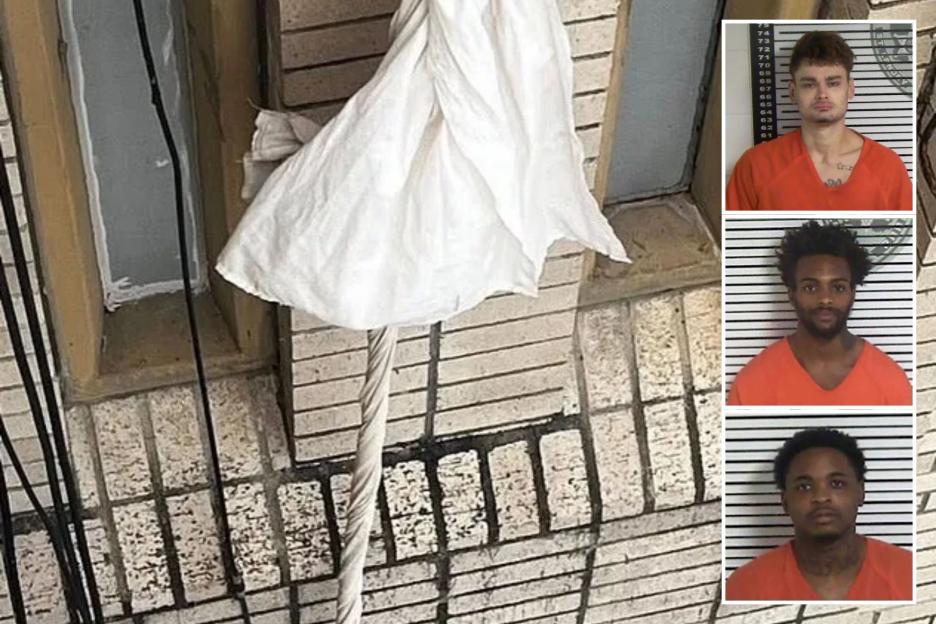Table of Contents
BUNKER-busting British stealth missiles have penetrated Putin’s air defenses in a significant strike on Russian territory.
A barrage of Storm Shadow missiles targeted an explosives factory on Tuesday, as reported by Ukraine’s armed forces.
 British Storm Shadow missiles struck a Russian explosives factory in Bryansk in a significant attack.
British Storm Shadow missiles struck a Russian explosives factory in Bryansk in a significant attack.
 Footage reveals the massive flames engulfing the plant while black smoke billows into the sky.Credit: East2West
Footage reveals the massive flames engulfing the plant while black smoke billows into the sky.Credit: East2West

This marks the first occasion that British-made missiles have struck Russian soil since last year when Moscow retaliated within hours using its nuclear-capable Oreshnik missile.
Ukraine’s extensive strike on the Bryansk Chemical Plant, located approximately 80 miles within Russia, was described as a “disaster” by a pro-Kremlin war channel.
Tuesday’s assault followed a warning from Defence Secretary John Healey, who stated that Putin regards Britain as his “number one enemy.”
The British-made Storm Shadow missiles are the most formidable offensive weapon provided to Ukraine.
These air-launched cruise missiles have a range exceeding 150 miles and are designed to fly at low altitudes, closely following the terrain to evade radar and air defenses, before ascending to strike their targets from above.
Kyiv’s armed forces reported: “A massive combined missile and air strike was conducted, incorporating the use of air-launched Storm Shadow missiles that successfully breached the Russian air defense system.”
In a statement, Ukraine indicated that the assault involved air force jets along with “land forces, the navy, and other units.”
They further noted: “The plant manufactures gunpowder, explosives, and components for rocket fuel used in munitions and missiles employed by the enemy to bombard Ukraine.”
Kyiv mentioned that its forces were still evaluating the damage as of last night.
A pro-Putin war blogger characterized the strike as a “disaster.”
The deployment of British missiles is anticipated to provoke renewed threats from the Kremlin.
Britain supplied Storm Shadow missiles in 2023 and permitted Ukraine to target Russian soil with them last year.
In response, Russia launched an attack on Dnipro using an experimental Oreshnik ballistic missile.
This missile ascended to the edge of space before plummeting onto a plant in Dnipro at speeds of 13,000 mph.
Putin is believed to possess 10 of these missiles and has claimed they could reduce Ukraine “to dust.”
The strike was condemned as “insane” by Ukraine and “depraved” by the UK.
France has also provided Ukraine with its equivalent of the Storm Shadow, known as Scalp.
However, Germany has resisted calls to send its even more powerful Taurus missile.
President Trump had warned Russia about the possibility of supplying Tomahawk cruise missiles, which have a maximum range of 2,500 km—nearly ten times farther than Storm Shadow.
Ukraine first targeted Russia in November, defying President Putin’s threats of a nuclear response.
This strike occurred in Russia’s Kursk province just 24 hours after Ukraine launched US-made ATACMS ground-launched missiles into Russia.
In both instances, the decision to allow Ukraine to use these weapons was made by the United States under President Biden’s administration, with Britain supporting the move for several months.
 The Storm Shadow cruise missile is showcased during the Paris Air Show in Le Bourget.Credit: AP
The Storm Shadow cruise missile is showcased during the Paris Air Show in Le Bourget.Credit: AP
 Storm Shadow missiles mounted beneath an RAF Tornado.
Storm Shadow missiles mounted beneath an RAF Tornado.
Bryansk Strike
Footage from the Bryansk region displayed a massive fireball illuminating the night sky, with flames consuming what appeared to be a large industrial complex.
Regional governor Alexander Bogomaz acknowledged that Ukraine had attacked using “drones and missiles” but asserted that there were no reported casualties.
Russia’s Defence Ministry claimed its air units intercepted 57 Ukrainian drones within hours—a statement Kyiv dismissed as typical Kremlin propaganda.
The target, the Bryansk Chemical Plant, plays a crucial role in Russia’s military operations, producing explosives, propellants, and rocket fuel for missiles targeting Ukrainian cities.
Military analysts indicated that the strike not only disrupted a vital supply chain but also sent a “psychological shockwave” through Russia






